Reflections on THE TRIALS OF LIFE. A NATURAL HISTORY OF ANIMAL BEHAVIOUR. DAVID ATTENBOROUGH. An article in a series on OUR WORLD, A FAMILY OF FAMILIES by Toni Rowland, MARFAM
DAVID ATTENBORROUGH is not only a national treasure as proclaimed by the BBC, but in my view, due to his study, insights and presentations of an enormous and very detailed and exquisitely filmed account of life on earth and his efforts to fight against the loss of biodiversity can only be regarded as an international and intergenerational treasure. His earlier work in this field focused more on the wonders of the natural word, but his later work clearly shows his concern about the ravages of man-made climate change on the natural world.
This article in reflecting on a particular aspect of “The Trials of Life” illustrates my developing interest in creation, its theology and an ecological spirituality about family life and for families. In the words of Attenborough, “People must feel that the natural world is important and valuable and beautiful and wonderful and an amazement and a pleasure.” In my view “Families must incorporate a spirituality which calls them to “missionary” action, to join in the battle for survival, not of the fittest, but of God’s world as we have still known it in our era.”
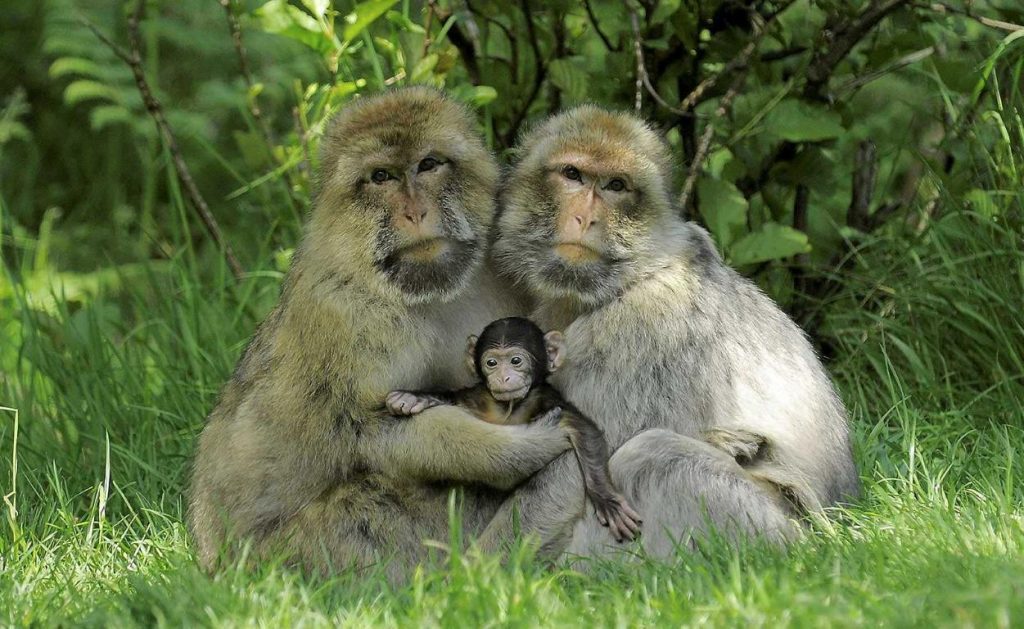
This article is not primarily about behaviour that includes the supposedly more sophisticated human species but the more elementary social psychology of other species and primarily around one particular aspect; evolution, sexuality and reproduction.
Some examples from the book are explored.
The information, observations and comments are mainly taken from Attenborough’s volume, THE TRIALS OF LIFE. I discovered the book on a family visit and promptly attempted to browse through and summarise parts. At the same time I was excited that we were able to watch his later film OUR PERFECT PLANET on TV which covers similar material. The book is a third in a series, the others being: Book 1, LIFE ON EARTH and Book 2, THE LIVING PLANET focusing on the environment.
The book covers the development of animal life on earth from 3 billion years until the present time and the stages of evolutionary development. The first method of reproduction was unicellular and sexual reproduction, as the method still practiced today, evolved some billions of years later. The twelve chapters cover the life stages of a variety of creatures under various headings. I focused on a few, for the purpose of this article on reproduction and built the content largely around the book’s accounts. The chapters are listed and my chosen ones are indicated in bold print: ARRIVING, GROWING UP, FINDING FOOD, HUNTING AND ESCAPING, FINDING THE WAY, HOME-MAKING, LIVING TOGETHER, FIGHTING, FRIENDS AND RIVALS. TALKING TO STRANGERS. COURTING. CONTINUING THE LINE. NOTE: In this shortened article only ARRIVING and CONTINUING THE LINE are covered.
ARRIVING. Reproduction happens in a great variety of ways that have evolved over time and the arrival of new offspring is largely dependent on seasons and prevailing environmental conditions. Some animals arrive in the world, tiny, undeveloped and with a million siblings. Others do so as singles, and may be large and well-formed. Both possibilities can be equally successful. Sperm and egg are the male and female cells but actual fertilization happens in a variety of ways and places, within or outside of the female body.
Sea creatures, including fish, produce vast quantities of sperm and eggs. Sea urchins spawn in early spring when sea water warms up. Vast numbers assemble and when the moon is full, and tides are at the highest, males simultaneously eject their milky sperm. As clouds of this substance float in the water females are stimulated to release their eggs. Within this soupy mix sperm and eggs fuse and a new generation begins. Similar events in the domain of sea creatures, such as clams and crabs, happen in waters around the world and some are also related to the moon, tides and particular times of the year. In some cases the female dies after releasing her eggs.

Crabs on Christmas Island in the Indian ocean, living in burrows, march over large distances to spawn in the sea. or many sea creatures, even if they are fertilized, survival is precarious. Most of the hatchlings, left to fend for themselves, do not survive and die within weeks. The giant clam releases 1000 million eggs at a time for up to 40 years. Turtles and tortoises follow similar processes. A popular story, beautifully filmed in South Africa, MY OCTOPUS TEACHER sensitively tells the story in the context of a human-animal relationship.
Eggs of course are the female cells and many female birds, frogs, snakes and insects lay eggs. Some are fertilized before and some after being laid. Insects lay eggs on and under leaves of the plants which are also their food, for the parents and their infants. Some wasps use an inbuilt tool, drill holes in the ground, catch a caterpillar as food for babies, bury it and lay eggs on the caterpillar as food for the babies when they hatch. The fig wasp drills into the fruit and conducts its reproduction process inside the fig, a process which also facilitates the fig’s own reproduction. Feeding the infant/s in the egg is a method used by frogs and birds which are warm-blooded creatures, where the yolk develops into new infants. Keeping the egg/s warm is a parental task, that requires both parents to be on hand with one brooding on the nest while the other gathers food. Cuckoos cheekily invade and use other birds’ nests. A hornbill female is literally holed up in a tree, uses her feathers to feather her nest and remains there until babies are ready to fly. The male feeds her and his new family through the hole.
Some unusual creatures are snails that have both male and female organs and can self-fertilise, or some worms that can reproduce from just a portion of their body.
Mammals, named after the common word “mamma,”are creatures that give birth to live babies. Human beings belong to this group of species too. The number of infants per pregnancy varies widely. This appears to be influenced too by environmental conditions. Mating occurs externally and not all incidents necessarily lead to fertilization. This function has been widely researched and artificial insemination in animals has become very common and has begun too in the human family. Mammals normally have wombs and nipples for infants to suck. Marsupials: koalas and kangaroos, have pouches where baby grows before birth and lives for some time post-birth.
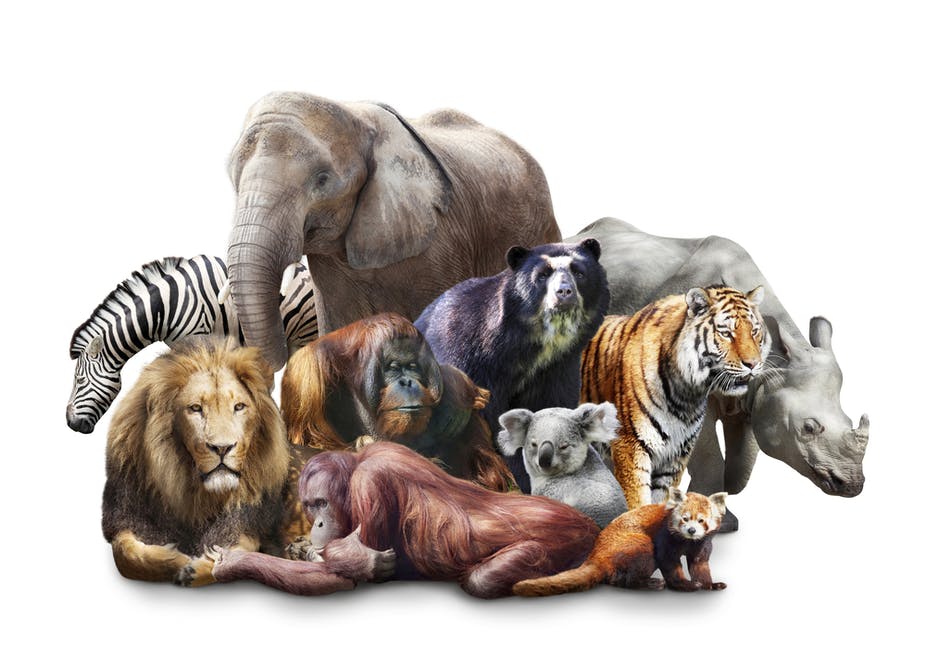
Sexual reproduction in the animal kingdom clearly result in millions of lives in thousands of species and in a wide variety of ways; hopping from a pouch, tumbling from a womb, clambering out of a capsule, hammering open an eggshell, falling into the sea or scattered like seeds.
For most plants sexual reproduction is also the approach. Reproductive parts of a flower are the stamen as the male and pistil as the female organs, while some plants have male or female flowers. Insects, bees, and wind are the most common pollinators, assisting in the process by transporting pollen from stamen to pistil.
This wonderful, intriguing process of sexual reproduction in its multiple forms has evolved over time.
PARENTING and parenting styles. Parenting is an essential aspect of reproduction for most creatures but that can be the subject of another article together with HOMEMAKING, LIVING TOGETHER and COURTING.
CONTINUINING THE LINE is the final TRIAL OF LIFE AND ITS ULTIMATE TRIUMPH. “The climactic act in the life of an individual is the passing on of a set of genes to the next generation.” The process of bringing egg and sperm together can, however, be fraught with difficulty. It may have to be timed with precision as it may render them defenseless, can risk injury, or bring certain death. The female may even be the hunter, making a meal out of her mate after their encounter. Males may need to fight off competitors when a receptive female has broadcast her readiness. She does not always get to choose; males tend to become aggressive before releasing sperm and even after mating they may fight to protect their chosen property.
Anyone spending time in animal-watching will recognize this overriding purpose of an individual’s existence. Animals, including ourselves, endure all kinds of hardships and overcome all kinds of difficulties; predators are foiled, food gathered, rivals fought, mates selected and complexities of copulation negotiated. So the next generation carries the baton as it is their turn to carry the genes with so much that they have learned from those who went before them and as they prepare the way for those who follow.
Attenborough concludes the book with an example: sex and rivalry in a suburban garden. “so every animal, male and female strives with a wide variety of stratagems to ensure that his or her genes, and not those of a rival will combine with those of the best possible mate and be passed on to the next generation. When it comes to the most crucial phase of their lives, reproduction, animals may alter their behaviour to suit their environmental and social circumstances, withholding if conditions are unfavourable, or mating with more than one partner in order to pass on their genes to future offspring.
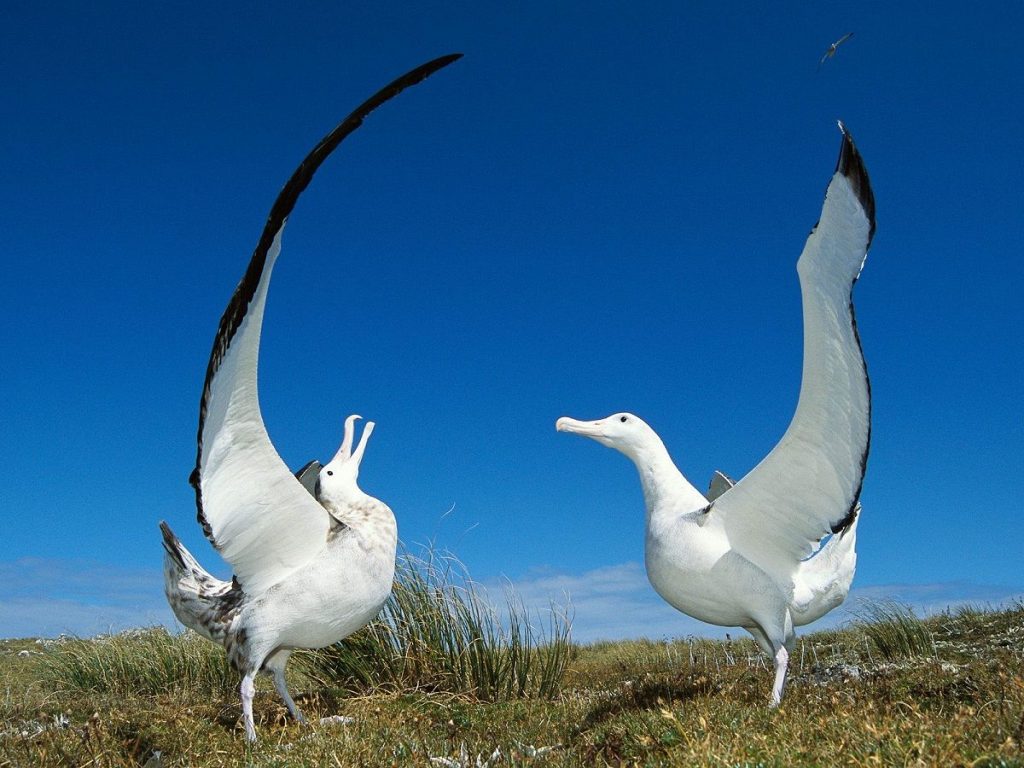
Humans tend to suppose that the marital arrangement they happen to practice – monogamy – is the norm, but few mammals arrange their affairs in that way. The great albatross does. They can live as long as 50 years and their early years are spent at sea. After 5 years they come to breeding colonies and engage in long and spectacular courting rituals, rubbing, clapping and finally dancing, with their eleven foot wings extended for hour upon hour, alone or in groups. They don’t mate immediately and dance maybe for a few years before copulating. She lays 1 huge egg that both take turns to sit on for 85 days. The other partner flies off to feed, maybe for hundreds of miles. They feed the chick and care for it for 10 months even before it can fly. It may be many months before the pair meet, mate, rear and separate to recover and meet again. “
David Attenborough in his books and films highlights and stresses the importance of nature and of sustaining the natural environment to prevent a loss of biodiversity as each creature in its own large or limited way contributes to the overall ecological system that cannot but have been expertly designed by the Master Planner, the Creator who has chosen to allow his creation to evolve through collaboration in the co-creation of His creatures. Praise be to God. Laudato Si’.


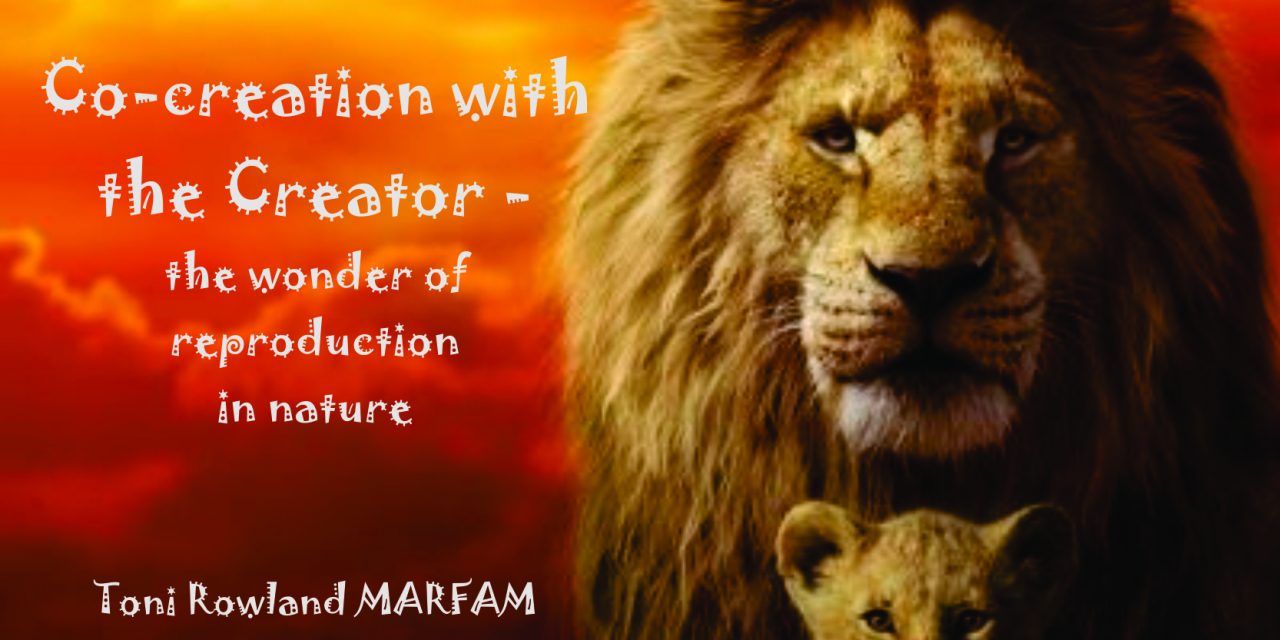
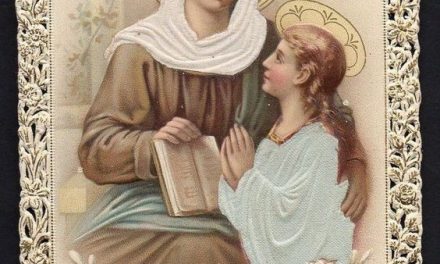
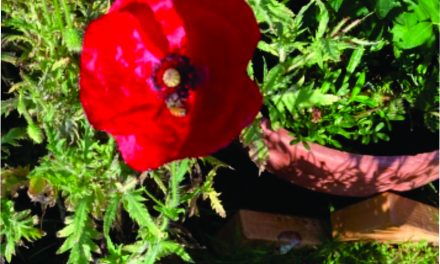
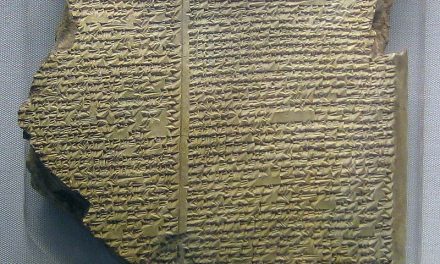
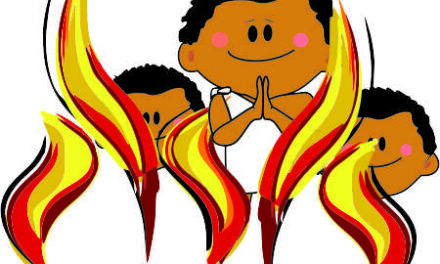
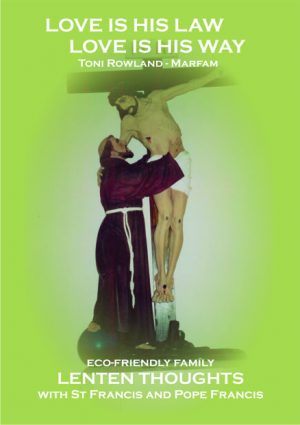
Recent Comments